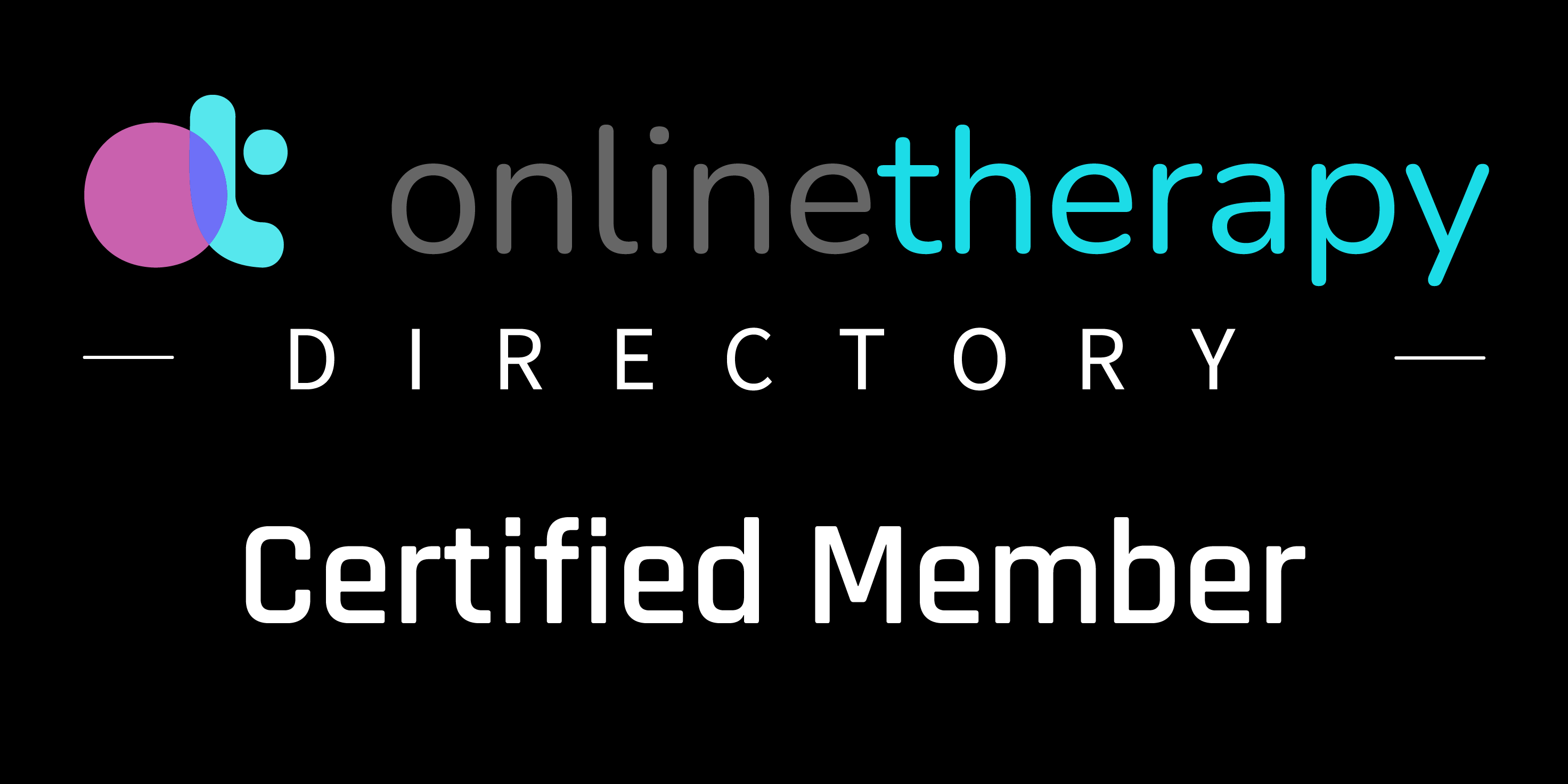If you’re an adult with ADHD, you’ve probably experienced the tug‑of‑war between wanting to do things “well enough” and still feeling disappointed when they don’t turn out perfectly. You might find yourself saying, “I’ll start when I’m in the right mood,” or setting a modest goal only to feel crushed when you miss it. Perfectionism can sneak into your ADHD world in surprising ways, fueling procrastination, avoidance, and a harsh inner critic. We’ll unpack why perfectionism is so common among adults with ADHD, how it leads to avoidance behaviors, and—most importantly—how you can shift from chasing perfection to celebrating progress.
1. Why ADHD and Perfectionism Are Unexpected Allies
At first glance, ADHD and perfectionism seem like opposites. ADHD brains are known for impulsivity, distractibility, and creative leaps—qualities we don’t usually associate with the careful precision of a perfectionist. Yet many adults with ADHD develop perfectionistic thinking as a way to overcompensate for past struggles or shield themselves from criticism. That voice in your head says, “If I make this flawless, maybe I won’t get judged.” Over time, this attitude can harden into a rigid inner standard: anything less than perfect feels like failure.
Rather than obsessing over color‑coding your planner or hand‑lettering every note, ADHD perfectionism often shows up as all‑or‑nothing thinking and harsh self‑criticism. You might tell yourself, “I’ll only start when I have a four‑hour block of focus,” or “If I can’t get an A, why bother?” This mindset doesn’t stem from vanity—it’s a survival tactic your brain adopted to avoid the sting of past mistakes. The problem is that this tactic backfires, setting you up for more frustration and self‑blame.
2. The “Lower the Bar, Then Feel the Shame” Trap
Here’s a cruel paradox: many adults with ADHD actually set lower standards for themselves—aware that lofty goals can be paralyzing—yet they still feel intense disappointment when they don’t meet those modest expectations. Picture deciding you’ll be content with a B on a project, only to beat yourself up for landing a B–. Your inner dialogue goes, “I even set the bar low, and I still failed!” It’s a no‑win scenario that undermines your confidence and fuels the belief that you’ll always fall short.
This contradiction arises because perfectionism in ADHD isn’t about aiming for an A+. It’s about protecting yourself by setting what seems like a safe, achievable goal—only to feel shame when you don’t clear that small hurdle. You lower the bar to be realistic, but then you don’t give yourself enough structure or support to actually reach it. The result is the same: self‑criticism, doubt, and a sense of failure.
3. How Waiting for the “Right Mood” Fuels Avoidance
One of the most deceptive ways perfectionism shows up in ADHD is through task avoidance. You tell yourself you’ll begin “when inspiration strikes,” “when my energy peaks,” or “when I’m in a better headspace.” But consistent focus and motivation don’t often arrive on command. That elusive “right mood” feels like chasing a ghost—tempting you to delay indefinitely.
This pattern, sometimes called front‑end perfectionism, is really a form of experiential avoidance. You’re avoiding the discomfort of possible mistakes, boredom, or anxiety by waiting for perfect conditions. Short‑term, it feels safer not to start. Long‑term, the pressure builds, deadlines loom, and you scramble at the last minute—almost guaranteeing an outcome far from ideal. Then the cycle repeats: “See? I knew I couldn’t do this right,” reinforcing both perfectionism and avoidance.
4. Experiential Avoidance and the Perfectionism Trap
At its core, experiential avoidance means dodging uncomfortable feelings—whether it’s the fear of failure, the anxiety of a new challenge, or the boredom of mundane tasks. Perfectionistic thinking amplifies those uncomfortable feelings by convincing you that anything less than perfect is unacceptable. So instead of diving in, you escape into scrolling social media, busy‑work, or simpler chores that feel more controllable.
Each act of avoidance sends a message to your brain: “I can’t handle that discomfort.” Over time, you start believing that you don’t have what it takes, even though the real barrier is a perfection‑driven thought pattern. The trick to breaking out of this trap is to face discomfort deliberately in small doses—what therapists call exposure to uncomfortable experiences—so that over time you learn you can survive and even thrive despite imperfection.
5. Rewriting the Story: Strategies for Progress Over Perfection
Breaking the perfectionism‑avoidance cycle takes intentional effort. Here are eight detailed strategies—complete with examples and tools—to help you shift your mindset, restructure your tasks, and build self‑compassion.
1. Clearly Define “Good Enough” (and Hold Yourself to It)
- Why it works: Vagueness lets your inner perfectionist keep moving the goalposts.
- How to do it: Before you start any task, write a concrete finish line. For instance: “Good enough = a three‑sentence email explaining the idea, with one question at the end.” Stick to it. When you reach that point, close the document and move on—no endless tweaks allowed. Use a sticky note or a phone alarm labeled “Good Enough = DONE” as a reminder.
2. Chunk Tasks into Bite‑Sized, Scheduled Steps
- Why it works: Big tasks feel overwhelming and feed perfectionistic dread.
- How to do it: Break each project into micro‑tasks and assign them to specific time slots. For example, “Monday 2–2:30 Outline main headings,” “Tuesday 9–9:15 Draft introduction.” Tools like Trello, Notion, or Google Calendar work great. Color‑code by priority and check off each mini‑task to enjoy a small win.
3. Use the 5‑Minute Rule (and Celebrate Every Extra Minute)
- Why it works: Starting is the toughest hurdle, and five minutes is short enough to feel doable.
- How to do it: Set a timer for 5–10 minutes and commit to working on the task until it rings. Your micro‑goal could be one sentence written or three emails replied to. If you keep going after the timer, log that extra time as a win—proof of your momentum.
4. Time‑Box Your Work (and Honor the Boundary)
- Why it works: A fixed block prevents you from endlessly refining.
- How to do it: Choose a realistic block—25, 30, or 45 minutes—define exactly what you’ll do in that window, and set a timer. When it dings, stop immediately, even mid‑sentence. Jot a quick note on what you’d do next, then move on or take a break. This encourages you to let go of tiny details in favor of overall progress.
5. Catch and Reframe Negative Self‑Talk
- Why it works: Harsh self‑criticism fuels the perfectionism fire.
- How to do it: Notice triggered thoughts like “I’m hopeless” or “I always screw up.” Pause and challenge them: “Is that entirely true? What evidence do I have?” Then replace with a kinder, balanced statement: “I’ve struggled to start, but I did open the document today, and that’s progress.”
6. Keep an Achievements Log (Focus on Wins, Big or Small)
- Why it works: Perfectionism zooms in on mistakes; this log flips the perspective.
- How to do it: Create a simple journal or digital doc and list daily wins—finishing a five‑minute task, reaching out for help, showing up to a meeting. Review your log weekly to remind yourself of your growth and resilience.
7. Build in Social Accountability
- Why it works: Knowing someone else expects a check‑in boosts motivation.
- How to do it: Partner with a friend, colleague, or coach. Share specific, measurable goals (“I’ll complete step two of the outline by Thursday”) and schedule regular updates. Use shared tools like Google Sheets or Habitica to track progress in real time. Celebrate wins together and troubleshoot missed targets without judgment.
8. Practice Self‑Compassion (Be Your Own Best Friend)
- Why it works: Perfectionism thrives on self‑punishment; compassion breaks the cycle.
- How to do it: When you slip up, treat yourself as you would a friend. Use gentle phrases: “It’s okay to struggle. I’m learning.” Visualize a supportive person offering you kindness. Consider guided self‑compassion exercises from apps like Insight Timer or a brief meditation to reset your mindset.
6. Embrace Incremental Change and Seek Support
Turning these strategies into habits takes time. You’ll have days when perfectionism rears its head and days when you breeze through your list. Both are part of the journey. The key is persistence: each time you choose progress over perfection, you weaken the old patterns and strengthen new ones.
If you find yourself stuck in perfectionistic loops despite your best efforts, consider reaching out for professional support. ADHD‑informed therapists or coaches can help you tailor these strategies to your life and provide accountability. Cognitive‑behavioral therapy, in particular, offers structured tools for challenging distorted thoughts and reinforcing new behaviors.
Remember, ADHD isn’t a flaw—it’s a different wiring that brings creativity, big‑picture thinking, and spontaneity. Perfectionism is a habit you learned, not an unchangeable trait. By defining “good enough,” breaking tasks into manageable chunks, and treating yourself with kindness, you can rewrite the story from “I have to be flawless” to “I’m proud of my progress.” One imperfect step at a time, you’ll discover that good enough can be more than enough.















